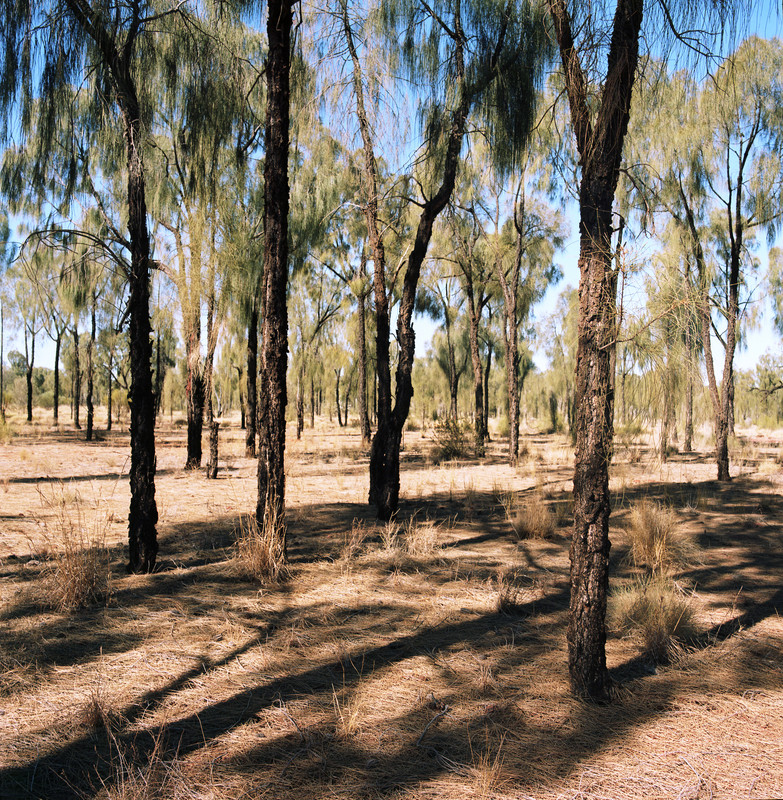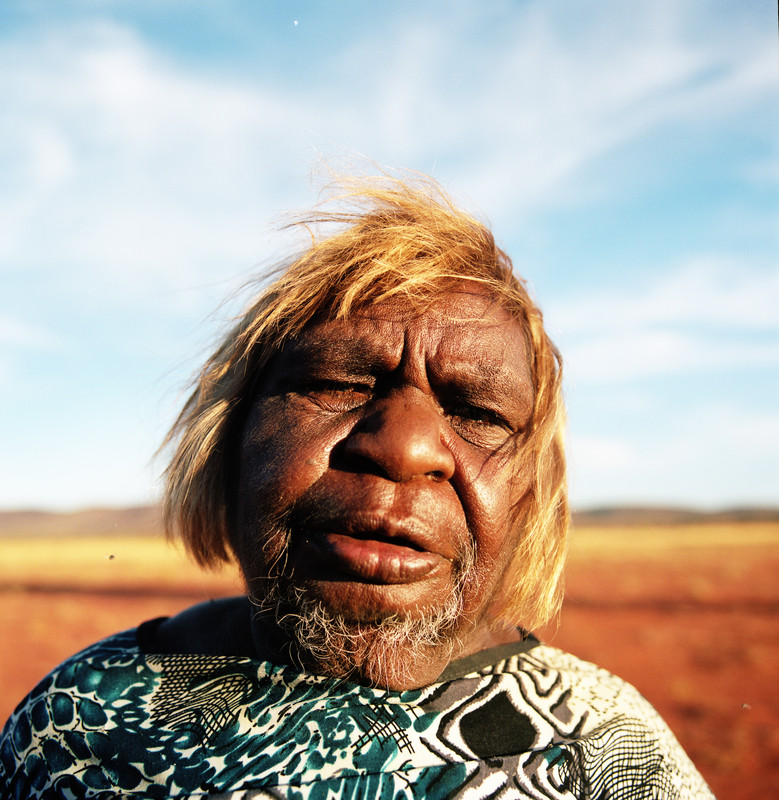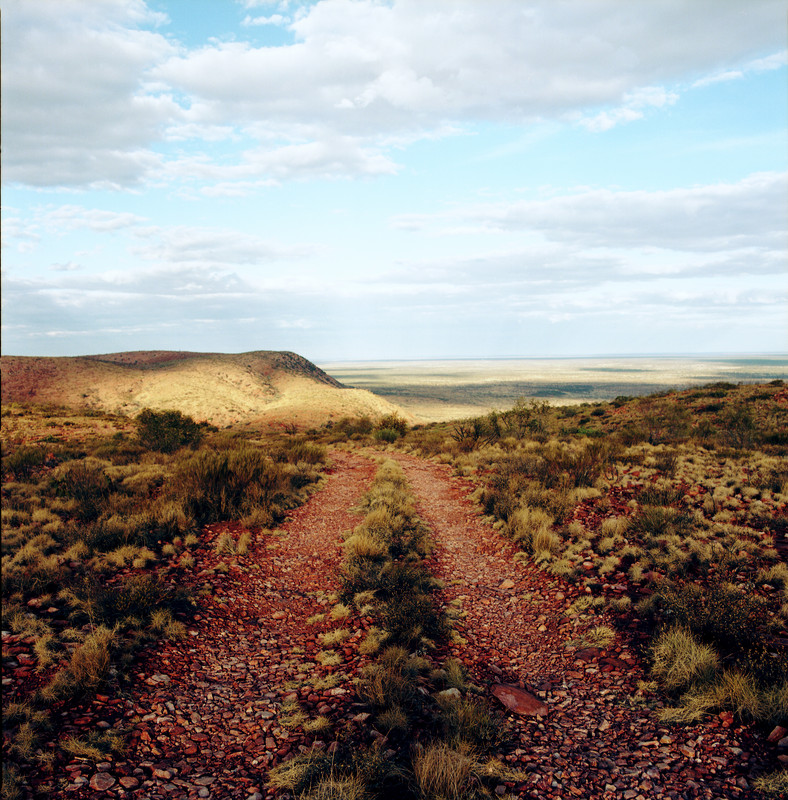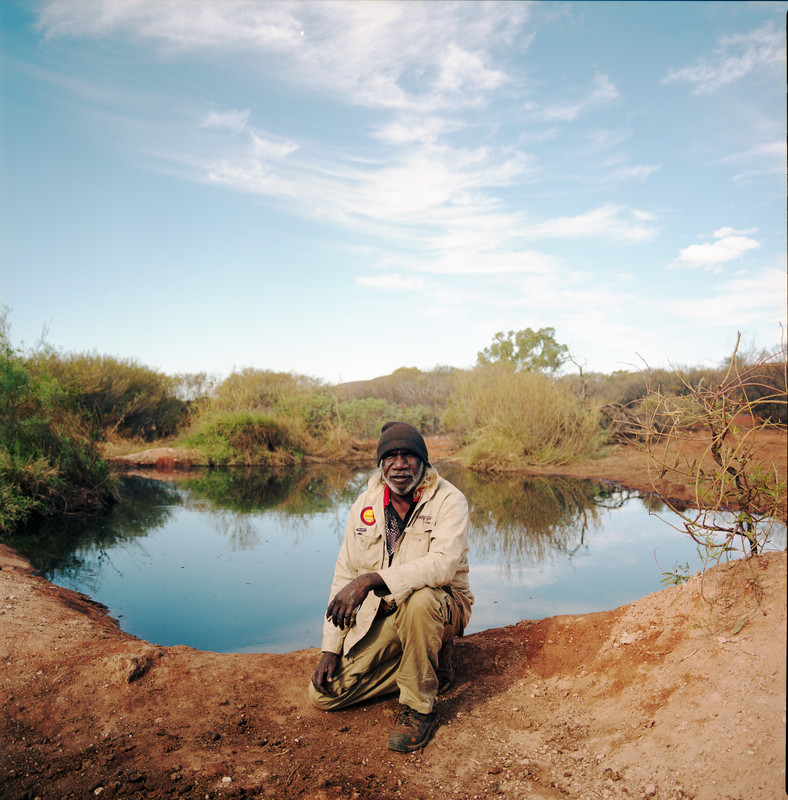Warakurna
© Claire MartinWarakurna is a remote Aboriginal community situated on the Great Central Road in the Ngaanyatjarra Lands of Western Australia, approximately 330km from Uluru near the border with the Northern Territory. The township of approximately 180 people is nestled amongst the spectacular Rawlinson Ranges in the Gibson Desert. The residents are mostly Ngaatjatjarra speakers. For many of the residents first contact with non-Aboriginal people was in the late 1950’s. The Government Weapons Research Establishment ordered Native Patrol Officers to remove nomadic yarnangu people from their country in order to protect them from rocket debris from the “Blue Streak" research project, resettling them in missions on Warburton.
In the early 1970's several factors, including the availability of government funding for homelands, easier road access, over-crowding at other Indigenous settlements and Missions, allowed for a new community to be established and many yarnangu people to return to their home lands at Warakurna. The Warakurna community became incorporated in 1976 and a member of the Ngaanyatjarra Council in 1981. It is one of Australia’s most remote indigenous communities and also home to some of Australia’s most celebrated Artists.
Warakurna has a long history of artistic expression and in March 2005 the Art Centre studio was opened. The Art Centre is fully owned and governed by Aboriginal people and provides services to artists living in and visiting Warakurna. It is a community hub where men and women, young and old, paint and share Tjukurrpa (traditional law and culture), and contemporary stories. The Art Centre plays an important role in the community, providing cultural and social benefits in addition to economic returns.
However the fall out from the covid-19 pandemic has reached even these farthest corners of Australia. Remote communities like Warakurna were the first to be closed with exceptions for essential services. The early closure was critical to protect the health of the community as Aboriginal Australians are the most at Risk of Covid-19. Indigenous Australians living in remote communities have lower life expectancy than non-Aboriginal Australians; they are more likely to have co-morbidities; there is overcrowding in homes in community; and access to medical care and facilities requires travelling large distances. They are also unlikely to comply with social distancing measures if they conflict with their cultural practices. Fortunately the stringent government protective measures have stopped the virus from reaching these vulnerable communities, but unfortunately the social and economic fall out of the closures is immense.





The art centre is the social and economic hub of the community. In an instant, with the breakout of Covid -19 all trade shows that generate hundreds of thousands of dollars for artists were cancelled. Many of the artists depend on this income and the profit generated by individual artists is often spread around communities and helps look after vulnerable residents and elders. Practicing art making in the centre is also challenging with social distancing measures. Together with this loss of income are food security issues, and a rising cost of basic necessities. In an already marginalised community where the relationship between the government and indigenous autonomy is already fraught with tension, the future challenges for Warakurna community are great.
These photos and video were created in 2019. I am in regular contact with the Art Centre and artists at Warakurna and can provide updates from community on the unique impact this global pandemic is having on their community.
--Claire Martin
click to view the complete set of images in the archive
